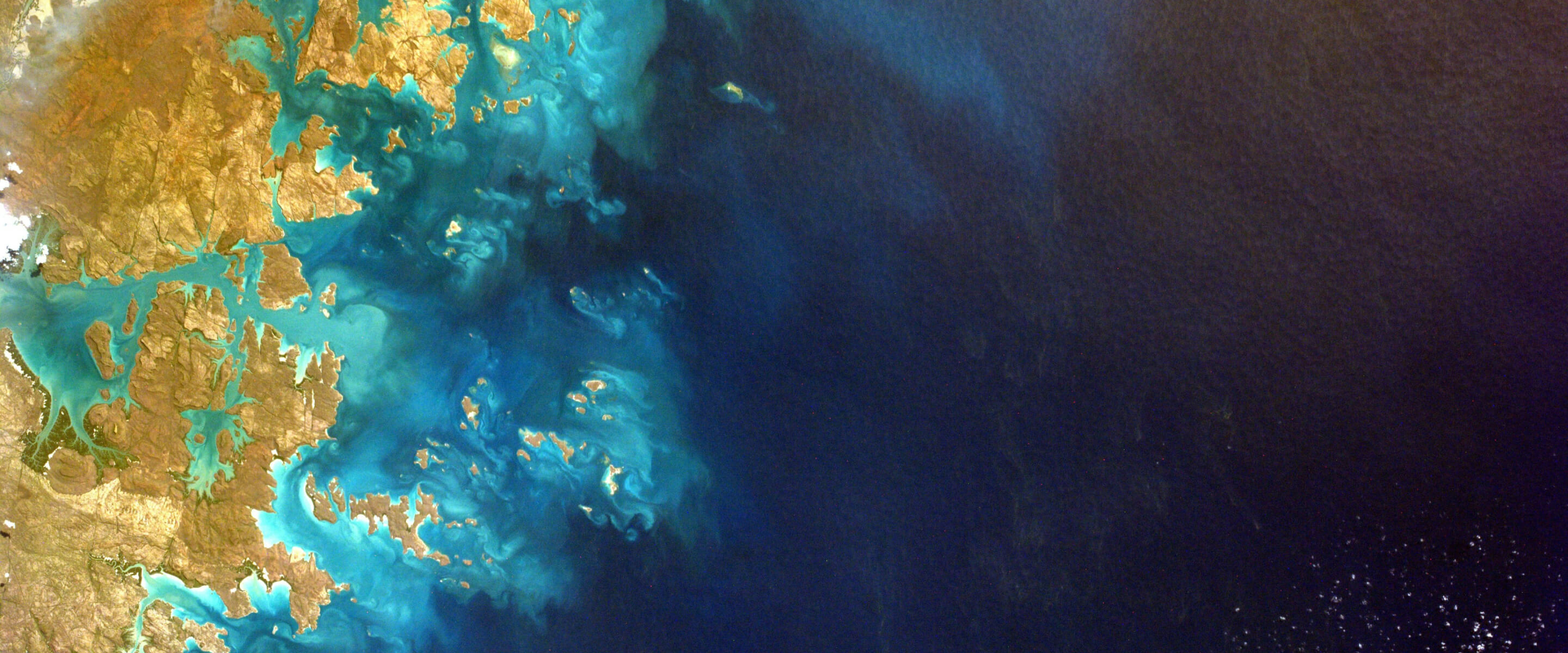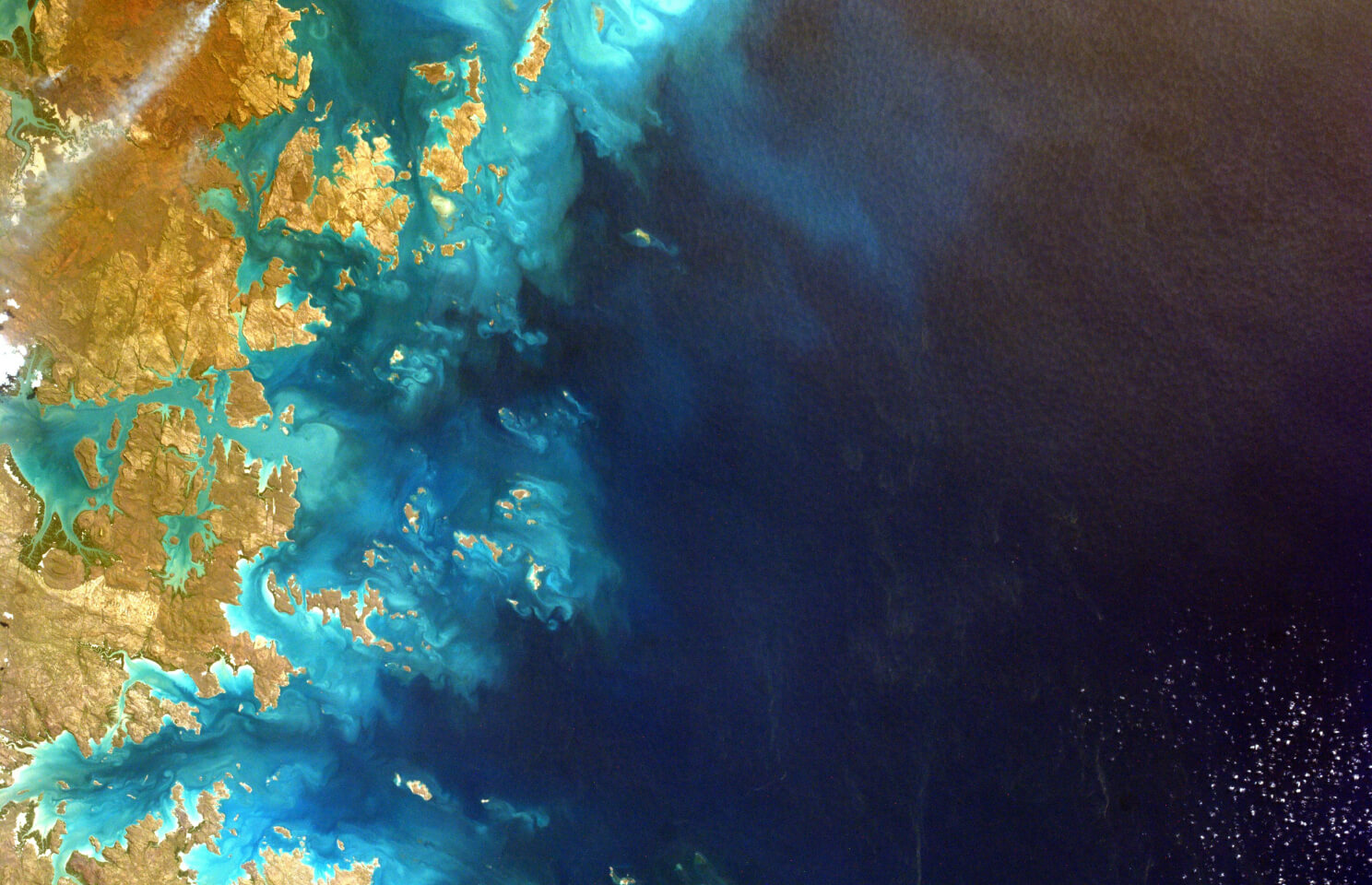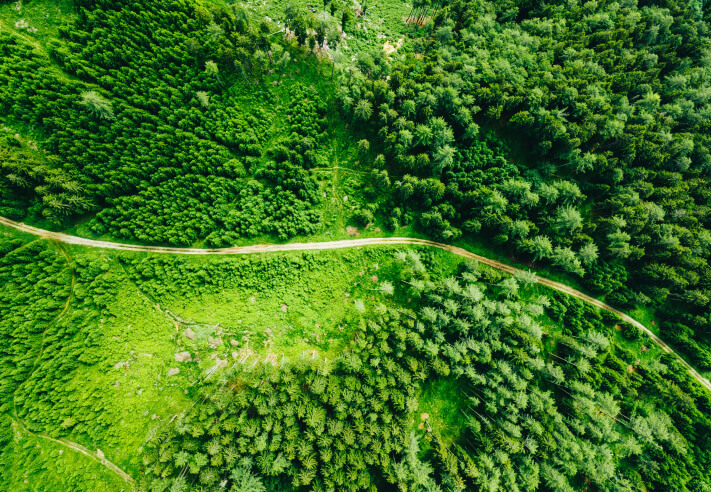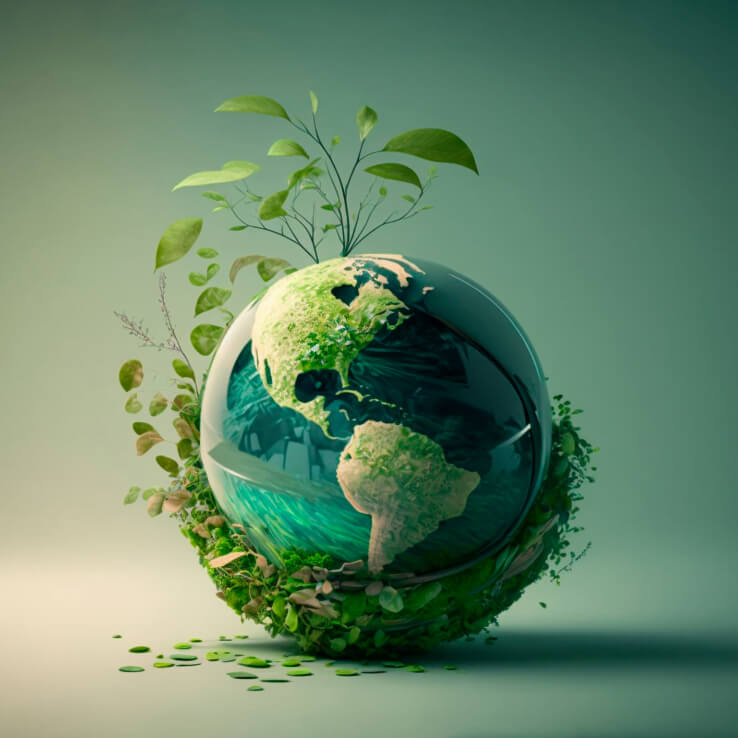Mesurer, Agir et Laisser un Héritage plus Vert.
Le KAVALAN Eco Calculator est un outil de pointe conçu pour aider les entreprises à quantifier et comparer avec précision l'impact environnemental des matériaux d'impression grand format et des tissus industriels par rapport aux choix de matériaux traditionnels. En utilisant les données de l'évaluation du cycle de vie (ACV), cette solution innovante offre une méthode simple pour évaluer les avantages écologiques des produits sans PVC de KAVALAN, permettant ainsi aux entreprises de prendre des décisions éclairées et durables.








